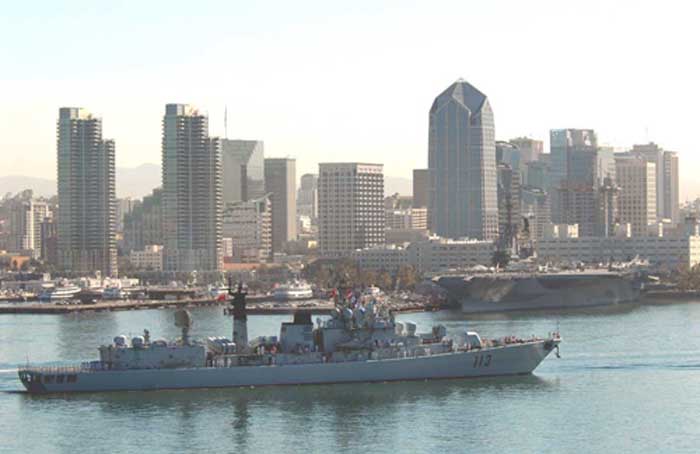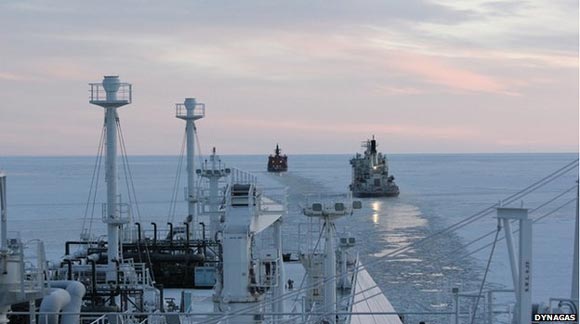This article marks the beginning of a new partnership between the NCC and The Center for International Maritime Security. CIMSEC is a Washington, DC-based non-profit, non-partisan think tank. It was formed in 2012 to bring together forward-thinkers from a variety of fields to examine the capabilities, threats, hotspots, and opportunities for security in the maritime domain.
This article is the first installment of a three part series by CIMSEC founding director, LT Scott Cheney-Peters
[captionpix align=”left” theme=”elegant” width=”320″ imgsrc=”http://cimsec.org/wp-content/uploads/2012/06/East-China-Sea-Exercise_Type-022-Firing-Missile_Xinhua.jpg” captiontext=”How to keep the missiles in their tubes?”]
Last month at the Center for Naval Policy on U.S. strategy in the Asia Pacific helped start a discussion on potential strategies and the tools each would require. I served up my initial thoughts here.
As I noted, one of the difficulties in balancing the ends, ways, and means in any strategy designed to win an armed conflict is that the tools to win are not necessarily those that can help prevent the conflict from erupting in the first place, or to keep a conflict from escalating.
MAD or MEOW
As many have remarked, neither the U.S. nor China would benefit from a protracted conflict between the two powerhouses. The 50-year stand-off between the U.S. and U.S.S.R. that preceded it had its own cold logic of prevention derived from the balance of nuclear first- and second-strike capabilities. MAD, or Mutual Assured Destruction as the calculus was known, did two things. First, it helped prevent direct conflict between the two belligerents, knowing that unchecked escalation could lead to a war of unlimited aims and means, and ultimately mutual destruction. For this reason both sides took great pains to disguise active participation of their combatants in hostilities against the other, such as Russians in the Korean War. Second, if direct violence ever did flare between the two, MAD was there to act as a check to prevent it from becoming a war of unlimited means – to keep the conflict “conventional.”
In many ways a similar check acts to keep sabre-rattling from becoming sabre-thrusting due to the intertwined interests of the U.S. and China. In this arrangement, the devastation swiftly wrought by a conflict would be economic, and blast radius global. So, in an effort to coin a term that I’m sure will become widely used, I give you Mutual Economic Obliteration – Worldwide, or MEOW.
Yet an oft-repeated fact is that the unprecedented levels of economic interdependence in Europe prior to World War I could not prevent that war’s outbreak. So it is today. Economics and rationality maximizing polices of nations can certainly help, but can not alone prevent a conflict in the event of a range of scenarios driven by nationalist passions, the self-interests of individuals, or just plain accident.
An Ounce of Prevention
So how can the U.S. aid prevention in these cases? Nothing can completely eliminate the possibility of armed conflict, thus even the most pacifist of prudent nations retain militaries and self-defense forces, but there are steps available beyond economic co-dependence. These can be categorized as those steps taken to sow respect (often involving means useful in the event prevention fails) and those taken to enhance familiarity. I will explore some of the options available in the next post, but by no means have all of the answers. In an environment of fiscal restraint and a time of hard budgeting choices we can’t lose focus on the importance of trying to prevent conflicts as much as we prepare to win them. Financial resources, time, and creative energies are needed for both equally important endeavors.




